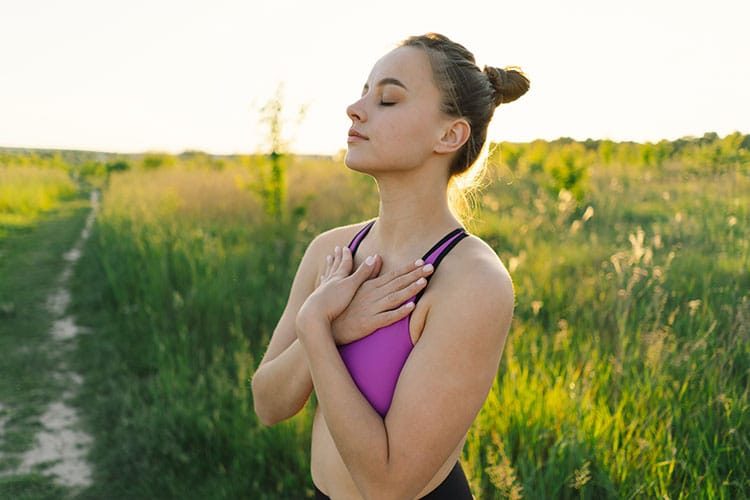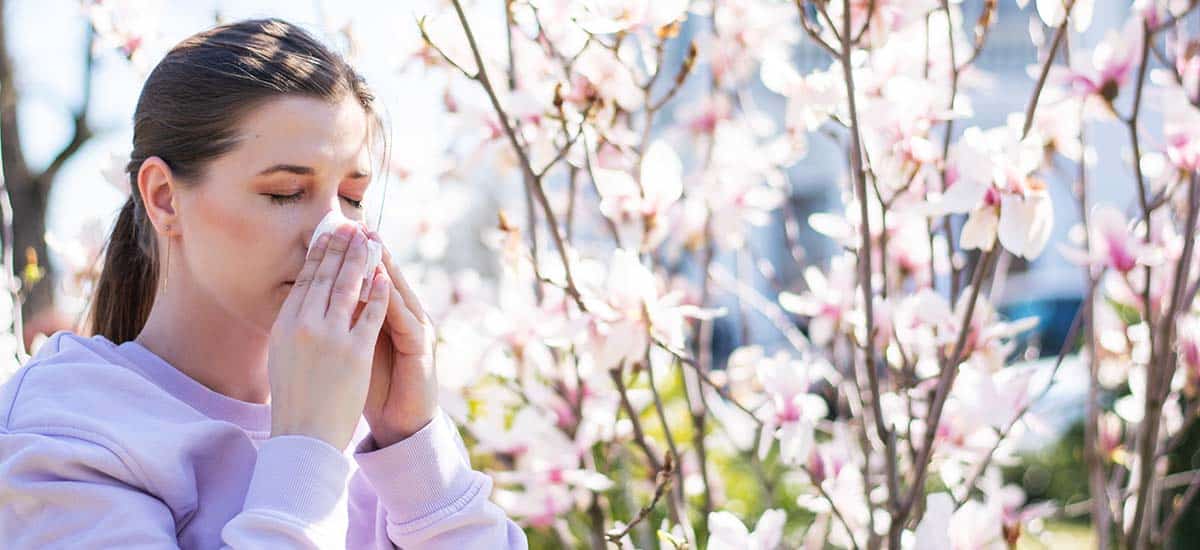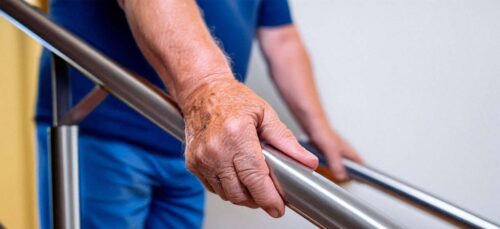Springtime in Tucson brings sunshine, blooming desert plants, and—unfortunately for many—seasonal allergies. If you find yourself sneezing, congested, or dealing with sinus pressure, you’re not alone. But did you know that physical therapy can help you manage your symptoms and keep you moving comfortably through allergy season?
How Seasonal Allergies Affect Movement & Breathing
Allergies aren’t just about itchy eyes and runny noses. They can have a surprising impact on your body’s ability to function:
- Restricted Breathing – Congestion and inflammation can make it harder to take deep, full breaths, leading to fatigue and decreased endurance.
- Increased Muscle Tension – When breathing is labored, the muscles in your neck, shoulders, and upper back can become overworked, leading to tightness and discomfort.
- Balance & Coordination Issues – Sinus pressure can throw off your equilibrium, increasing your risk of falls or dizziness.
- Postural Strain – Many people compensate for congestion by adjusting their posture, which can contribute to back and neck pain.
How Physical Therapy Can Help

1. Breathing Techniques & Respiratory Muscle Training
PTs can teach you breathing exercises that strengthen your diaphragm and promote better airflow, reducing reliance on shallow, inefficient breathing patterns. These exercises can help improve oxygen intake, boost energy, and decrease tension in the upper body.
2. Postural Adjustments & Alignment
3. Manual Therapy & Sinus Pressure Relief
Gentle manual techniques, such as soft tissue mobilization and lymphatic drainage, can help reduce sinus pressure and improve circulation, easing congestion and headaches.
4. Strength & Mobility Exercises
Fatigue and muscle tightness caused by allergies can limit your movement. A physical therapist can design a gentle exercise program to improve flexibility, strength, and endurance, helping you stay active even during peak allergy season.
5. Balance & Coordination Training
If sinus pressure affects your balance, targeted exercises can help retrain your vestibular system, reducing dizziness and improving stability.
Tips for Managing Allergies & Staying Active
Along with physical therapy, try these strategies to reduce allergy symptoms while staying active:
- Check Pollen Levels – Use apps or weather reports to monitor daily pollen counts, and plan outdoor activities when levels are lower.
- Shower After Being Outdoors – Pollen can cling to your skin and clothes, so rinse off after outdoor workouts.
- Stay Hydrated – Drinking plenty of water can help thin mucus and keep your airways clear.
- Use a Nasal Rinse – Saline sprays or neti pots can help flush out allergens from your nasal passages.
- Modify Your Workouts – On high-pollen days, consider indoor exercises like yoga, stretching, or light strength training.
Breathe Easier & Move Better With Sol Physical Therapy

At Sol Physical Therapy, we’re here to help you navigate allergy season with expert care. Whether you need breathing exercises, postural corrections, or manual therapy for sinus relief, our team can help you feel your best. Schedule a session today and take control of your movement and breathing—even during peak allergy season!




